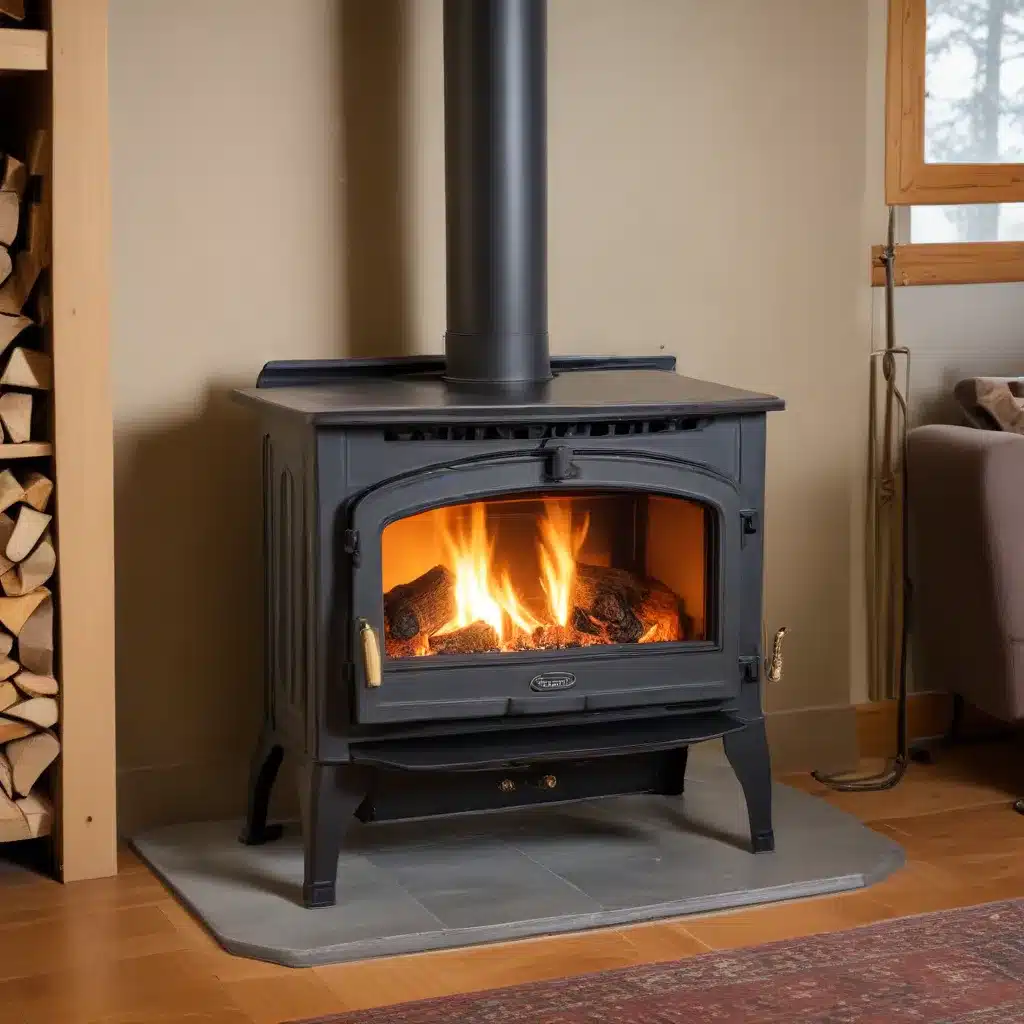
As the colder months approach, many homeowners are turning to wood stoves as a reliable and sustainable heating solution. Wood stoves can provide cozy warmth and help reduce energy costs, but it’s crucial to understand the importance of safe installation, proper operation, and regular maintenance to ensure optimal performance and safety. In this comprehensive guide, we’ll explore the key considerations for achieving safe and efficient wood stove heating in your home.
Understanding Wood Stove Basics
Wood stoves come in two main types: freestanding and insert. Freestanding stoves are standalone units that are connected to a chimney, while insert stoves are designed to fit directly into an existing fireplace and utilize the existing chimney. Each type offers unique benefits and installation requirements, allowing homeowners to choose the option that best suits their home’s needs and layout.
When it comes to efficiency and heat output, wood stoves generally outperform traditional fireplaces. They are engineered to provide more heat while using less fuel, which can translate to significant cost savings on your heating bills. This makes wood stoves an appealing choice for homeowners looking to live more sustainably and reduce their environmental impact.
Safe Installation and Usage
Chimney Inspection and Maintenance
A well-maintained and compatible chimney is essential for the safe operation of a wood stove. Chimneys that are not properly cared for can be a major cause of house fires, as they can become blocked or deteriorate over time, leading to dangerous situations. It’s crucial to have your chimney inspected and cleaned by a professional on an annual basis to ensure it is in good working condition and able to effectively vent the wood stove’s exhaust.
Proper Installation Practices
When installing a wood stove, it’s critical to follow the manufacturer’s instructions and guidelines to ensure it is placed on a non-flammable surface and positioned at a safe distance from any combustible materials. This includes walls, furniture, curtains, and other items that could catch fire if exposed to the intense heat generated by the stove.
Operation Guidelines
To use your wood stove safely, it’s essential to follow the manufacturer’s instructions for proper operation. This includes avoiding overloading the stove, which can lead to dangerously high temperatures and increased fire risk. Regularly checking the stove to ensure it is functioning as intended is also important.
Routine Maintenance and Safety Precautions
Regular Inspections
Having your wood stove and chimney inspected by a professional on an annual basis is crucial for maintaining safe and efficient operation. These inspections can help identify any damage or issues that need to be addressed, reducing the risk of fires or other hazards.
Ash Disposal
Proper ash disposal is a critical safety consideration when using a wood stove. Ashes should be placed in a metal container and stored a safe distance from any flammable materials, as they can remain hot for an extended period and potentially ignite a fire.
Potential Risks and Insurance Implications
While wood stoves can be an effective and eco-friendly heating solution, they do come with inherent risks, such as the potential for fires and carbon monoxide poisoning. Proper installation, maintenance, and safe operation are essential to mitigate these dangers.
It’s important to note that the presence of a wood stove in your home may also have implications for your homeowner’s insurance. Some insurance providers may require additional coverage or have specific requirements for wood stove owners. It’s advisable to consult with your insurance provider to ensure you have the appropriate coverage and understand any potential impact on your policy.
Maximizing Energy Efficiency and Cost Savings
One of the primary benefits of using a wood stove for home heating is the potential for significant energy savings and cost reductions. By selecting an efficient wood stove model and properly maintaining it, you can maximize the heat output while minimizing fuel consumption.
When choosing a wood stove, look for models that are EPA-certified and have high efficiency ratings. These stoves are designed to burn wood more cleanly and with less waste, providing more heat per unit of fuel. Additionally, regular maintenance, such as cleaning the stove and chimney, can help maintain optimal efficiency and prevent any issues that could reduce the stove’s performance.
Exploring Alternative Heating Solutions
While wood stoves can be an excellent heating option, they may not be the best choice for every home or situation. Homeowners should also consider alternative heating solutions, such as:
- Pellet Stoves: These stoves burn compressed wood pellets, offering a cleaner and more automated heating experience than traditional wood stoves.
- Electric or Gas Furnaces: For homeowners who prefer a hands-off approach to heating, electric or gas furnaces can provide reliable and efficient whole-home heating.
- Heat Pumps: These systems use electricity to transfer heat from the outside air into the home, providing both heating and cooling capabilities.
By exploring these alternatives, homeowners can find the heating solution that best meets their needs, preferences, and budget.
Conclusion
Achieving safe and efficient wood stove heating in your home requires a comprehensive understanding of the technology, proper installation and maintenance practices, and safety considerations. By following the guidelines outlined in this guide, you can enjoy the cozy warmth and cost savings of a wood stove while prioritizing the safety of your family and home. Remember to consult with professionals, stay informed about the latest advancements in wood stove technology, and always prioritize safety when using this powerful heating solution.
For more information on wood stove heating, fireplace maintenance, and sustainable home energy solutions, be sure to visit https://woodstoveheaters.com/.


